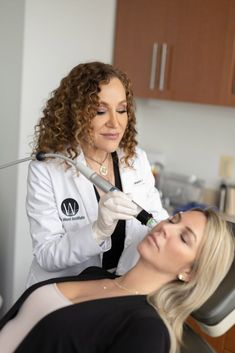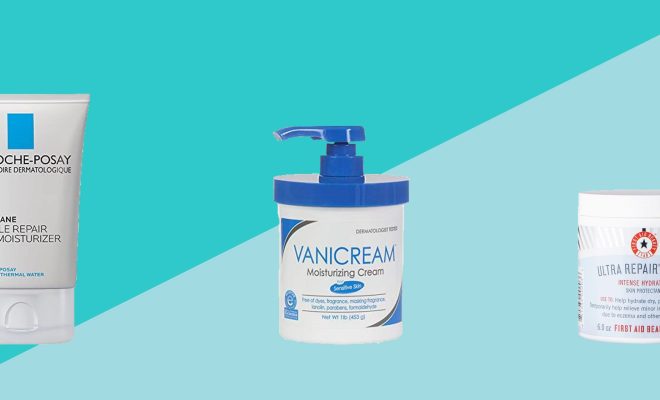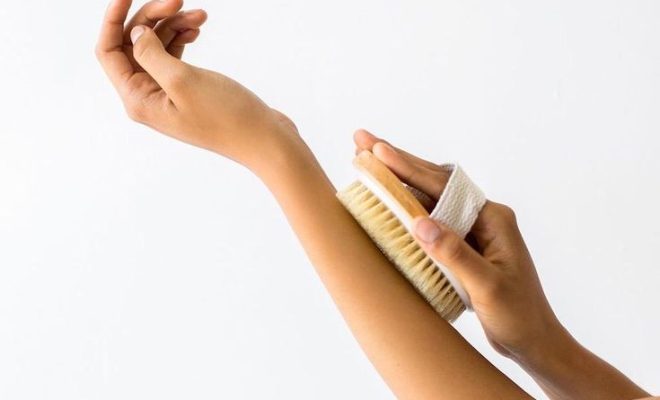What’s the Best In-Office Treatment for Tightening Lax Skin?

Skin laxity is a common concern among many individuals as they age or undergo significant weight fluctuations. Fortunately, advancements in dermatological treatments have led to the development of several effective in-office procedures to help tighten and rejuvenate lax skin. When considering the best treatment option, it’s essential to evaluate the effectiveness, safety, downtime, and individual suitability. Below is a closer look at some of the leading treatments for skin tightening:
1. Radiofrequency (RF) Treatments
Radiofrequency therapy uses energy waves to heat the deep layer of your skin known as the dermis. This heat stimulates the production of collagen. With increased collagen, your skin will look smoother and tighter and this effect can persist and improve over several months after treatment.
2. Ultrasound Skin Tightening
Ultrasound technology, such as Ultherapy, specifically targets the same layers of skin typically addressed in a surgical facelift. It uses focused ultrasound energy to stimulate collagen production in deep tissue layers without damaging the skin surface.
3. Microneedling RF
Microneedling radiofrequency combines two methods: microneedling to cause tiny injuries in the dermis and radiofrequency that heats the tissue, encouraging new collagen production. This dual action can lead to more significant improvements in skin tightness and texture.
4. Laser Treatments
Fractional lasers such as Fraxel treat minute columns of skin while leaving surrounding tissue untouched. This approach promotes rapid healing and collagen production, leading to firmer and renewed skin.
5. High-Intensity Focused Ultrasound (HIFU)
Like Ultherapy, HIFU treats deeper layers of skin typically manipulated during cosmetic surgery but does so at even higher temperatures for more dramatic results.
6. Thermage
Thermage is another type of treatment that uses radiofrequency to heat the deeper layers of your skin, which can result in a more youthful appearance over time.
Each treatment has its specific indications based on an individual’s skin condition, tolerance for downtime, and desired results. It’s vital for those considering these procedures to consult with a board-certified dermatologist or plastic surgeon who can provide tailored advice based on their unique needs and who can perform these treatments using FDA-cleared devices to ensure safety and efficacy.
For many patients seeking minimal downtime with gradual but natural-looking results, procedures like RF treatments and Ultherapy may be ideal options. In contrast, those looking for more pronounced or quicker outcomes might explore options like HIFU or combination therapies.
In conclusion, there isn’t a one-size-fits-all answer when it comes to selecting the best in-office treatment for tightening lax skin; it’s important to weigh factors like treatment time, discomfort level during procedure, recovery time, cost, potential side effects, and overall goals when making a decision with a healthcare professional.






